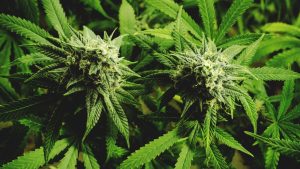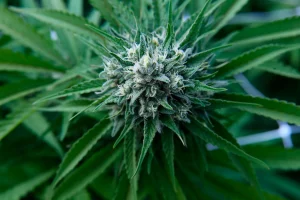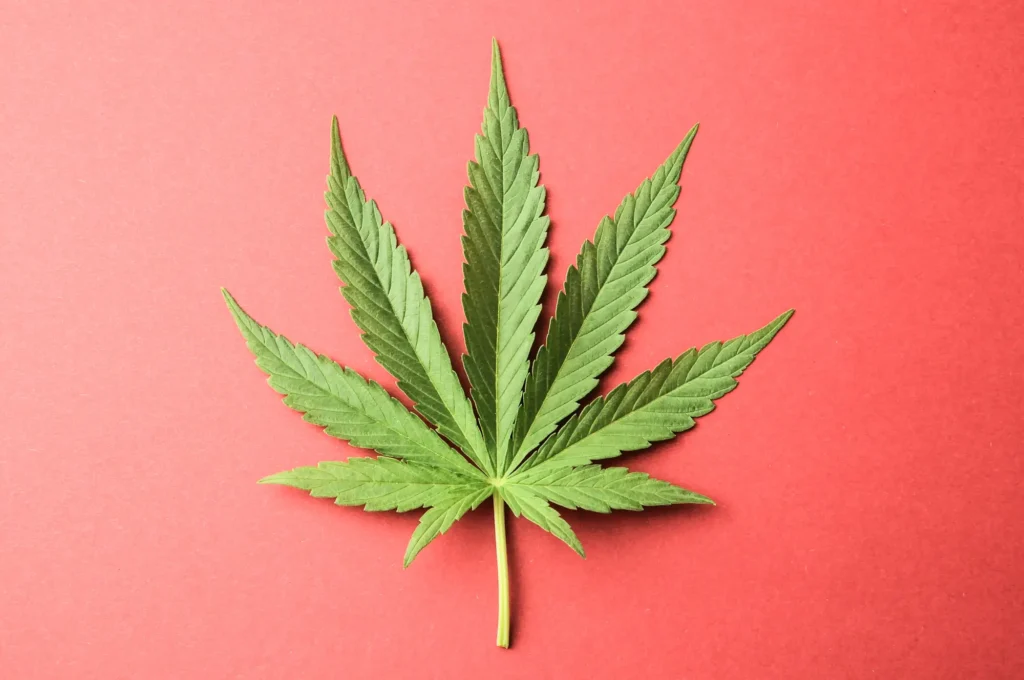Uncategorized
Before Cannabis: Unveiling the Untold Stories of Marijuana Prohibition
Before cannabis experienced its modern-day liberation, it existed in a historical epoch veiled in mystery and misconceptions, wrapped tightly in the cocoon of prohibition. This journey into the annals of history reveals a time when the cannabis plant, now celebrated for its diverse uses, was enshrouded in an aura of forbidden allure. Steeped in cultural, social, and legal complexities, this era cast a shadow on a plant that once held sacred significance in ancient cultures. Cannabis, in its pre-liberation state, bore witness to stigmatization fueled by misinformation, where societal and political forces began crafting narratives that painted it as a societal menace. The advent of ‘Reefer Madness’ and propaganda campaigns intensified this demonization, creating an environment of fear and hysteria. As governments worldwide succumbed to the criminalization wave, cannabis found itself thrust into the margins, giving rise to underground cultures and clandestine gatherings. Medicinally, it teetered on the fringes of acceptance, with patients seeking relief facing legal repercussions for their choices. The journey through the era before cannabis liberation unfolds against a backdrop of paradoxical attitudes, with the herb existing simultaneously as a symbol of rebellion and a controversial medicine. It sets the stage for the subsequent shifts, both cultural and legal, that would gradually unravel the prohibitive cocoon, leading cannabis into an era of newfound acceptance and understanding.
A Sacred Connection

Before cannabis faced the shadows of prohibition, it shared a rich tapestry with ancient cultures, woven with sacred threads of connection. Across civilizations, from ancient China to Egypt, cannabis held a revered position, entwined in the rituals and beliefs of diverse societies. In religious practices, cannabis played a role in transcendent experiences, believed to facilitate a connection with the divine. Its therapeutic properties were embraced in traditional medicine, where it was recognized for its potential to alleviate physical ailments and elevate the spirit. The sacred connection between humans and cannabis went beyond mere utility; it became an integral aspect of cultural identity and spiritual exploration. In the era before cannabis faced the veil of prohibition, it stood as a botanical ally, intimately woven into the fabric of ancient civilizations, where its mystical and therapeutic properties were celebrated and cherished.
Early Stigmatization – Cannabis in the Shadow of Misinformation
During the early stages of cannabis stigmatization, the plant found itself ensnared in a web of misinformation, casting a shadow that would persist for decades. This period marked the genesis of a complex narrative, intertwining societal fears and political agendas. Societal forces, driven by a lack of understanding and influenced by cultural biases, contributed to the gradual demonization of cannabis. Myths and unfounded rumors fueled the flames, creating a distorted image of the plant as a harbinger of societal decay. Politically, cannabis became entangled in the web of power dynamics, with its prohibition serving as a tool to advance certain agendas. Policymakers, driven by moralistic fervor or vested interests, played a pivotal role in shaping public perception, painting cannabis as a threat that required strict control. This era laid the groundwork for a prolonged prohibition, perpetuating an environment of misinformation that hindered a nuanced understanding of cannabis and its potential benefits. The early stigmatization of cannabis serves as a cautionary tale, illustrating how misinformation, societal biases, and political maneuvering can converge to cast a shadow over a plant with a rich history and multifaceted nature.
Reefer Madness and Propaganda – Fueling Fear and Hysteria

In the turbulent times of the ‘Reefer Madness’ era, the world witnessed an unprecedented wave of sensationalist propaganda that cast a dark and distorted shadow over cannabis. This period, predominantly spanning the 1930s and 1940s, marked a pivotal moment in the prohibition narrative. Media campaigns, fueled by misinformation and fear, painted cannabis as a societal menace, a harbinger of chaos and moral decay. Cinematic productions and print media became powerful tools in shaping public opinion, depicting exaggerated scenarios of individuals under the influence of cannabis engaging in criminal acts or descending into madness. These portrayals, though far from reality, had a profound impact on public perception, influencing policymakers to enact restrictive and punitive cannabis policies. The ‘Reefer Madness’ era stands as a testament to the potency of media narratives in shaping societal attitudes, leaving an enduring legacy that would shape cannabis policies for decades to come.
The Criminalization Wave – Cannabis Prohibition Takes Hold
Witness the wave of criminalization that swept across nations, leading to the prohibition of cannabis. Delve into the legislative decisions and political narratives that turned a once-cherished plant into a forbidden substance, transforming users into criminals in the eyes of the law.
Cannabis Thrives in the Shadows

In the clandestine corners of society, where the shadows held the secrets of cannabis prohibition, an underground culture flourished. As the legal curtains descended upon the herb, enthusiasts and advocates became architects of a subversive world where cannabis thrived against the odds. Underground cultivation became an art form, with growers perfecting the clandestine cultivation of the forbidden plant, navigating the delicate dance between concealment and abundance. Secret gatherings, known only to those initiated into the cannabis community, became the heartbeat of this subculture, providing a sanctuary for like-minded individuals to share knowledge, stories, and, of course, the prized herb itself. The resilience of this underground cannabis culture lay not only in the secrecy but in the sense of community and solidarity it fostered. In the face of prohibition, where mainstream society turned a blind eye, these communities provided a haven where enthusiasts could celebrate and protect the essence of the herb. It was a world where the shared love for cannabis forged unspoken bonds, turning a clandestine pursuit into a united front against the oppressive forces that sought to keep the plant in perpetual darkness.
Medicinal Margins – Cannabis as a Controversial Medicine
In the shadows of prohibition, cannabis found itself at the crossroads of controversy and healing, emerging as a paradoxical medicine in a landscape clouded by misinformation. During this era, patients grappling with various ailments turned to cannabis in search of relief, driven by anecdotal evidence of its therapeutic properties. However, the medicinal pursuit of these individuals came at a cost, as legal consequences loomed large. Patients faced the harsh reality of societal stigma and legal ramifications for choosing a medicine deemed forbidden by the authorities. Yet, the clandestine efforts to explore the therapeutic potential of the forbidden herb persisted. Despite the risks, a community of advocates, researchers, and patients engaged in covert endeavors to understand and harness the healing power of cannabis. This era marked a challenging chapter in the history of cannabis, where its medicinal promise clashed with societal norms, forcing those in need to navigate the delicate balance between seeking relief and facing the repercussions of their choices. The stories of these individuals paint a poignant picture of a time when the medicinal margins of cannabis existed in a delicate dance between hope and adversity.
The Road to Liberation – A Cultural and Legal Shift
Conclude the journey by tracing the cultural and legal shifts that paved the road to cannabis liberation. Explore pivotal moments, activism, and changing public attitudes that contributed to the dismantling of prohibition, allowing cannabis to emerge from the shadows into a new era of acceptance.
In the world before cannabis liberation, the herb stood as a symbol of rebellion, mystique, and controversy. Join us as we unravel the layers of history surrounding the forbidden herb, exploring a time when cannabis was more than a plant—it was a cultural touchstone in the struggle for freedom and understanding.


